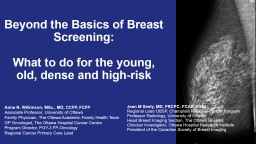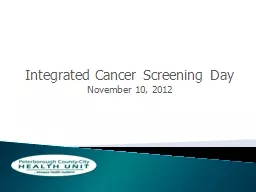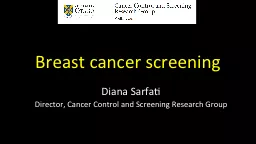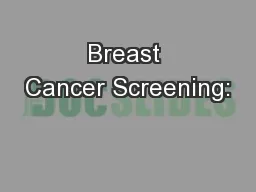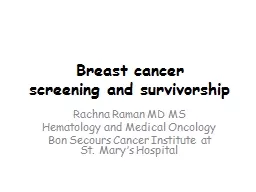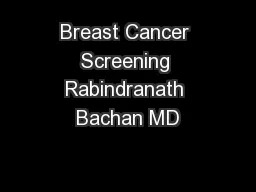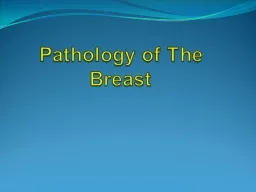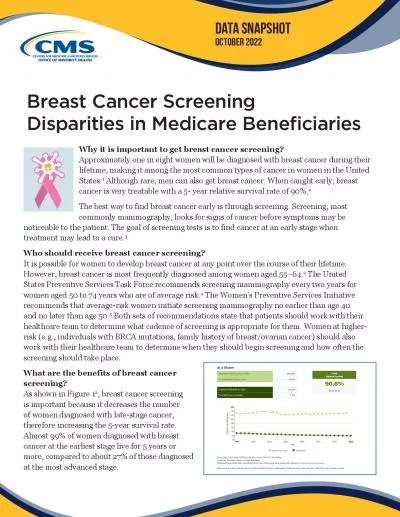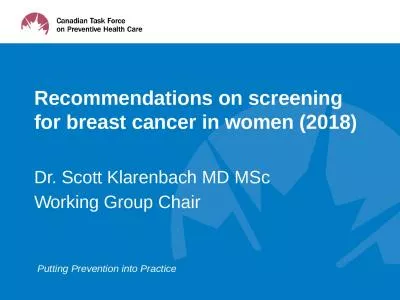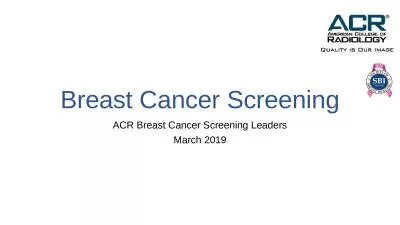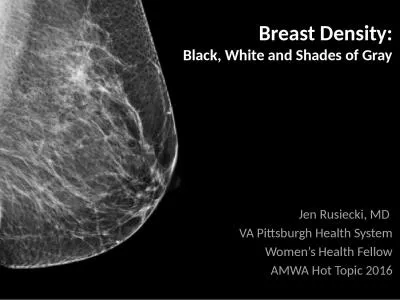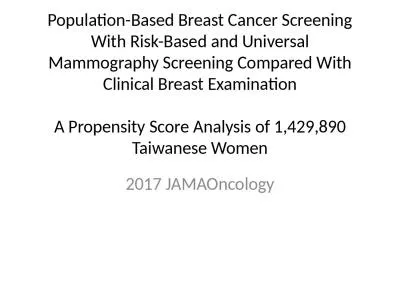PPT-Beyond the Basics of Breast Screening:
Author : anderson | Published Date : 2024-02-03
What to do for the young old dense and highrisk Anna N Wilkinson MSc MD CCFP FCFP Associate Professor University of Ottawa Family Physician The Ottawa Academic
Presentation Embed Code
Download Presentation
Download Presentation The PPT/PDF document "Beyond the Basics of Breast Screening:" is the property of its rightful owner. Permission is granted to download and print the materials on this website for personal, non-commercial use only, and to display it on your personal computer provided you do not modify the materials and that you retain all copyright notices contained in the materials. By downloading content from our website, you accept the terms of this agreement.
Beyond the Basics of Breast Screening:: Transcript
Download Rules Of Document
"Beyond the Basics of Breast Screening:"The content belongs to its owner. You may download and print it for personal use, without modification, and keep all copyright notices. By downloading, you agree to these terms.
Related Documents

